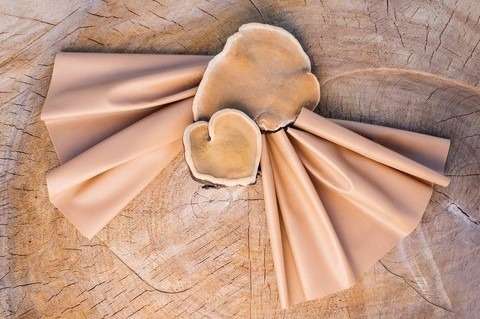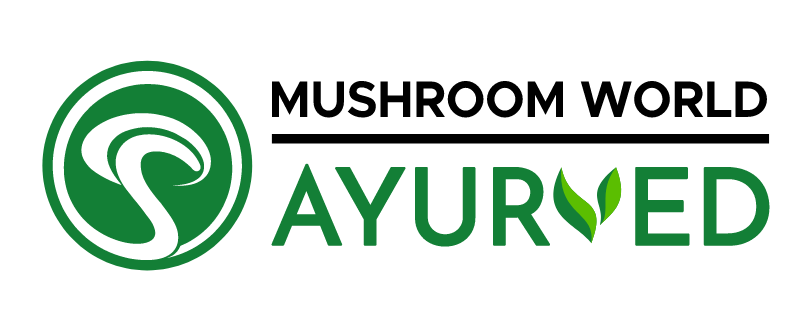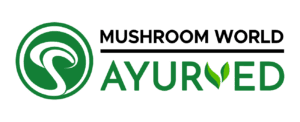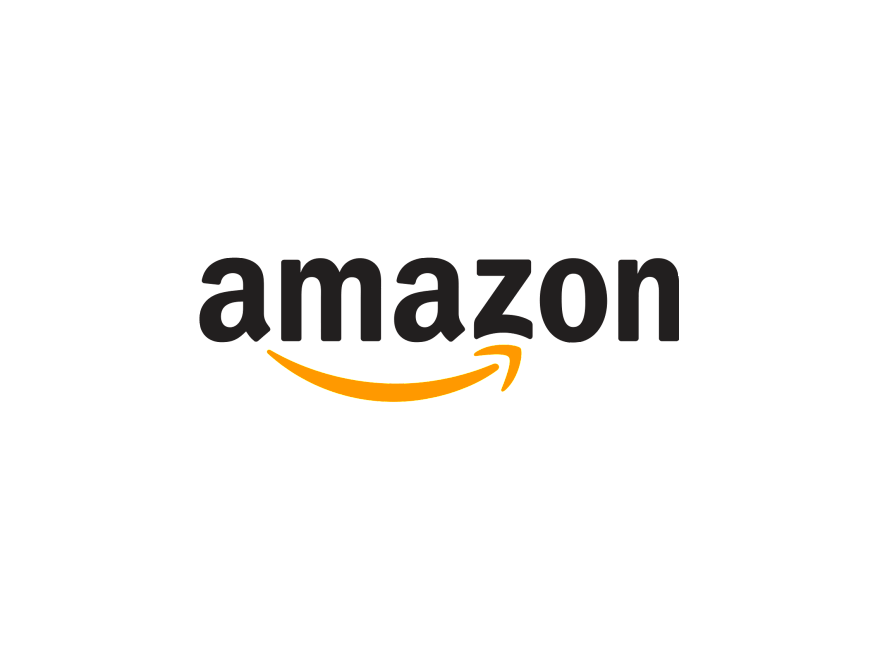
Mushroom World Group Breakthrough in Mycelium-Based Vegan Leather
In a groundbreaking move, the Mushroom World Group has unveiled an eco-friendly and sustainable alternative to traditional leather, ushering in a new era in sustainable materials with their revolutionary “Mushroom Leather.” This innovative material, derived from the mycelium, a root-like structure of fungi, is not merely a product; it’s a purposeful shift in the material industry.
What better way to redefine materials than to merge sustainability seamlessly with timeless durability? Mushroom leather presents a fusion where ethical responsibility meets the enduring strength of a versatile material.
Prepare to be amused as we unravel a quirky myth surrounding our mushroom leather – because sustainable materials can be a tad whimsical too!
Myth: Mushroom leather has a secret power to make plants grow faster.
Fact: As much as we’d love to claim this superpower, our leather’s magic lies in sustainability, not horticulture.
The primary individuals behind the innovation
Sameer Sagar & Shakti Sagar
Inspiring creative and hardworking businessmen.
Enter visionaries Sameer Sagar and Shakti Sagar, the driving force behind Mushroom World Group’s venture into mushroom leather. Their far-sighted vision isn’t just about creating a product; it’s about pioneering sustainable innovation that resonates with the future of material science.
The Road Ahead: Breaking Barriers, Paving the Path
Navigating challenges of limited production and costs, Mushroom World Group is unwaveringly charting a course towards a future where mushroom leather takes center stage. The path ahead is defined by a resolute commitment to overcome obstacles, embodying the inherent pride woven into the very fabric of this groundbreaking innovation. This journey fuels a relentless motivation that refuses to waver in our ongoing quest for sustainability.
Features of Mycelium based Vegan Leather
Sustainability: Mycelium is the root structure of fungi, and it can be grown on agricultural waste, such as sawdust or plant fibers. This makes it a renewable and sustainable resource.
Biodegradability: Unlike traditional synthetic materials like PVC or PU leather, mycelium-based leather is biodegradable. This means it can break down naturally over time, reducing environmental impact.
Low Environmental Impact: The production of mycelium-based leather generally requires fewer resources compared to traditional leather, which involves raising and processing animals.
Customizability: Mycelium leather can be engineered to have specific characteristics such as thickness, texture, and color, providing designers with a range of options for different applications.
No Animal Cruelty: As a vegan alternative, mycelium leather avoids the ethical concerns associated with the use of animal products, making it a cruelty-free option.
Traditional Leather V/S Vegan Leather
Key differences between traditional & Vegan Leather
Material Source:
- Mycelium-Based Vegan Leather: Derived from the root structure of fungi, mycelium, and typically grown on agricultural waste like sawdust or plant fibers.
- Traditional Leather: Obtained from the hides or skins of animals, such as cows, goats, or pigs.
Sustainability:
- Mycelium-Based Vegan Leather: Considered more sustainable as it can be produced using renewable resources, often with minimal environmental impact.
- Traditional Leather: Involves the rearing of animals, which requires significant land, water, and food resources. The environmental impact can be substantial due to deforestation, water pollution, and greenhouse gas emissions associated with livestock farming.
Biodegradability:
- Mycelium-Based Vegan Leather: Biodegradable, breaking down naturally over time.
- Traditional Leather: Biodegradable, but the tanning process, which uses chemicals, can slow down the degradation process.
Production Process:
- Mycelium-Based Vegan Leather: Grown through a controlled fermentation process, often in a lab or factory setting, providing the opportunity for customization.
- Traditional Leather: Involves multiple stages, including animal farming, slaughter, tanning, and finishing processes, which can be resource-intensive and may involve the use of chemicals.
Ethical Considerations:
- Mycelium-Based Vegan Leather: Cruelty-free, as it does not involve the use of animals or harm to living beings.
- Traditional Leather: Raises ethical concerns related to animal welfare, as it requires the slaughter of animals for their hides.
Customizability:
- Mycelium-based vegan Leather: Can be engineered to have specific characteristics such as texture, thickness, and color, providing flexibility for designers.
- Traditional Leather: Natural variations in animal hides can limit uniformity, and alterations to the material are typically limited.
Conclusion
In conclusion, mushroom leather is more than just a material; it serves as a symbol of hope and innovation for ethical and sustainable practices. It represents the harmonious integration of creativity and environmental consciousness, pushing us towards a future where sustainability is not just a preference but an absolute necessity. As we proudly adopt this new material, we take a significant step closer to a world where our choices align with an unwavering commitment to the planet.

Mushrooms, health’s white warriors, bring happiness and energy to all who embrace their magical essence. MW Ayurved combines the natural power of mushrooms with Ayurvedic principles.
Contact us
- 226, Jain Nagar GUFA MANDIR ROAD, BHOPAL MADHYA PRADESH 462030
+91 79094 44999
+91 98263 22445
Quick Links
Copyright © 2024, Mushroomworldgroup.
All Rights Reserved.

Mushrooms, health’s white warriors, bring happiness and energy to all who embrace their magical essence. MW Ayurved combines the natural power of mushrooms with Ayurvedic principles.


